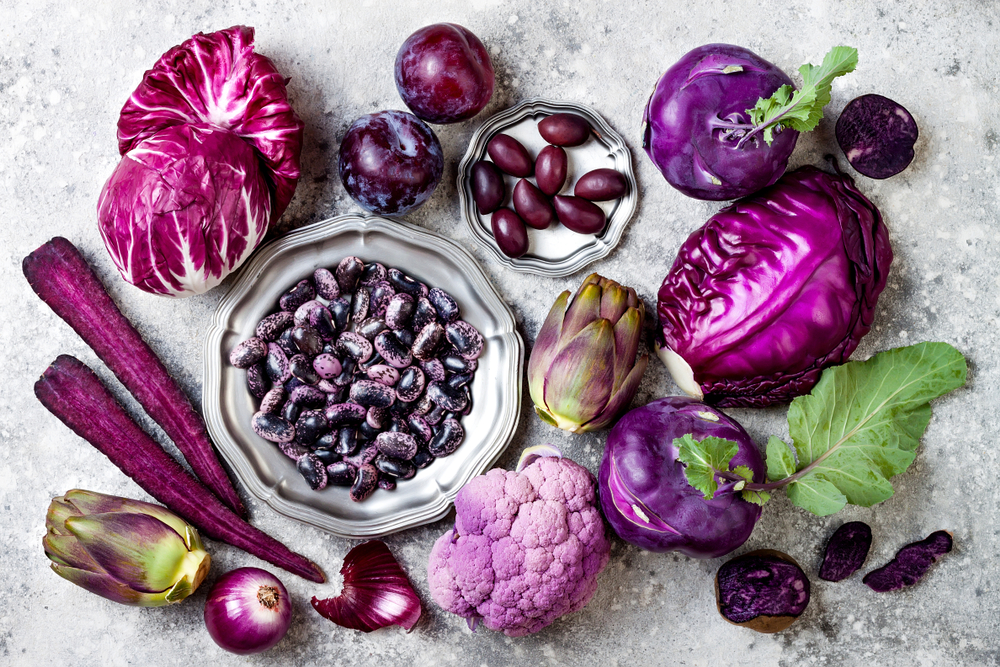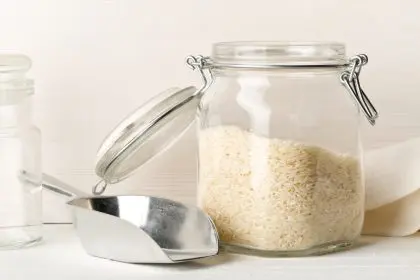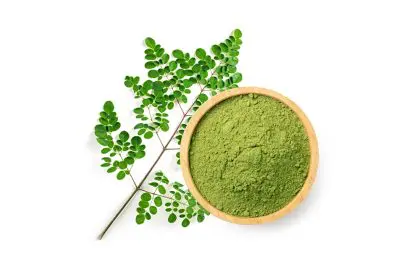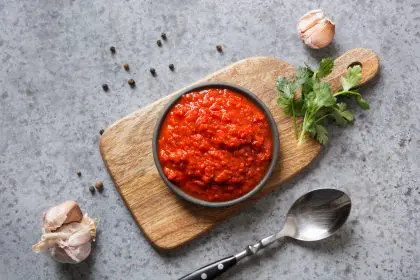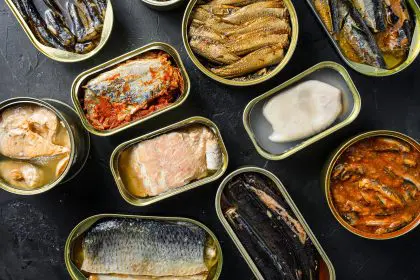Purple foods might look like they belong in a fairy tale, but they’re actually some of the most potent health boosters hiding in plain sight at your grocery store. While you’ve been reaching for the same old apples and bananas, these royal-colored gems have been quietly waiting to transform your health with every single bite.
The deep purple hue isn’t just for show. That gorgeous color comes from powerful compounds called anthocyanins, which are basically nature’s way of saying “hey, this food is loaded with good stuff.” These compounds don’t just make your food Instagram-worthy, they’re busy fighting inflammation, protecting your brain, and keeping your heart happy.
The best part? You don’t need to completely overhaul your diet or spend a fortune on exotic superfoods. These purple powerhouses are probably sitting in your local grocery store right now, just waiting for you to discover their incredible potential.
1. Blueberries are tiny brain boosters in disguise
Let’s start with the obvious superstar that’s been stealing the spotlight for good reason. Blueberries might be small, but they pack more antioxidants per serving than almost any other fruit on the planet. Think of each little berry as a concentrated dose of brain food that fits perfectly in your palm.
These little blue gems are particularly amazing for your memory and cognitive function. The anthocyanins in blueberries can actually cross the blood-brain barrier, which means they get direct access to your brain cells where they can work their magic. Regular blueberry consumption has been linked to improved memory, better focus, and even protection against age-related cognitive decline.
The fiber content in blueberries also helps stabilize your blood sugar, preventing those energy crashes that leave you reaching for another cup of coffee. Just a handful of blueberries in your morning yogurt or smoothie can keep your energy steady for hours.
Fresh blueberries are fantastic, but don’t overlook frozen ones either. Frozen blueberries are often picked at peak ripeness and flash-frozen, which actually preserves their nutritional content better than fresh berries that have traveled long distances to reach your store.
2. Eggplant brings Mediterranean magic to your plate
Eggplant might not win any beauty contests, but this purple vegetable is absolutely loaded with nutrients that your body craves. The skin contains the highest concentration of those beneficial anthocyanins, so don’t you dare peel it off before cooking.
This versatile vegetable is particularly rich in nasunin, a specific type of anthocyanin that’s incredibly protective for your brain cells. Nasunin acts like a bodyguard for your neurons, protecting them from damage and helping maintain healthy brain function as you age.
Eggplant is also surprisingly good for your heart health. The potassium content helps regulate blood pressure, while the fiber helps manage cholesterol levels. Plus, it’s naturally low in calories but high in volume, making it perfect for satisfying meals that won’t derail your health goals.
The key to making eggplant delicious is proper preparation. Salt it and let it sit for about 30 minutes before cooking to draw out any bitterness, then roast, grill, or sauté it with your favorite herbs and spices. Mediterranean cuisines have mastered the art of making eggplant irresistible, so don’t be afraid to experiment with different flavor combinations.
3. Purple cabbage crunches its way to better health
Purple cabbage might look like regular cabbage’s more colorful cousin, but it’s actually nutritionally superior in almost every way. This vibrant vegetable contains significantly more vitamin C than green cabbage, along with higher levels of those powerful anthocyanins that give it its stunning color.
The vitamin C content in purple cabbage is particularly impressive. Just one cup provides about 85% of your daily vitamin C needs, which is essential for immune function, collagen production, and iron absorption. It’s like getting your daily vitamin C supplement in the most natural, delicious way possible.
Purple cabbage is also loaded with vitamin K, which is crucial for bone health and proper blood clotting. Many people don’t get enough vitamin K in their diets, making purple cabbage an easy way to fill this nutritional gap.
The best part about purple cabbage is its incredible versatility. You can eat it raw in salads and coleslaws, add it to stir-fries, stuff it into tacos, or even ferment it into sauerkraut for additional probiotic benefits. Its sturdy texture holds up well to cooking, but it also adds a satisfying crunch when eaten raw.
4. Purple potatoes prove carbs can be healthy
Purple potatoes might look like they came from another planet, but they’re actually one of the healthiest carbohydrate sources you can find. These colorful tubers contain all the benefits of regular potatoes plus a massive dose of those beneficial anthocyanins.
The antioxidant content in purple potatoes is significantly higher than white or even sweet potatoes. These antioxidants help reduce inflammation throughout your body, which is linked to better heart health, reduced cancer risk, and improved overall wellness.
Purple potatoes also have a lower glycemic index than regular potatoes, meaning they won’t spike your blood sugar as dramatically. This makes them a much better choice for sustained energy and weight management. The fiber content also helps you feel full longer, reducing the temptation to snack between meals.
You can prepare purple potatoes exactly like regular potatoes. Roast them with herbs, mash them for a colorful side dish, or slice them thin for healthy homemade chips. Just remember to eat the skin, which contains the highest concentration of nutrients.
5. Red onions add flavor and fight inflammation
Red onions might make you cry, but they’re actually working hard to improve your health with every tear-inducing chop. The purple-red color in these pungent bulbs comes from quercetin and anthocyanins, both powerful anti-inflammatory compounds.
The quercetin in red onions is particularly beneficial for heart health and may help reduce blood pressure. This compound also has natural antihistamine properties, which means red onions might actually help with seasonal allergies when consumed regularly.
Red onions also contain prebiotic fibers that feed the beneficial bacteria in your gut. A healthy gut microbiome is linked to better immune function, improved mood, and even better weight management. Think of red onions as food for the good guys living in your digestive system.
The sulfur compounds in red onions, which are responsible for their strong flavor and tear-inducing properties, also have antimicrobial effects. These compounds help your body fight off harmful bacteria and may even have cancer-protective properties.
6. Purple grapes deliver antioxidants in every bite
Purple grapes are like nature’s candy, but they’re actually loaded with health-promoting compounds that make them worth adding to your daily routine. The skin of purple grapes contains resveratrol, the same compound that makes red wine famous for its potential health benefits.
Resveratrol is particularly beneficial for heart health and may help protect against age-related diseases. It acts as a powerful antioxidant and has anti-inflammatory properties that benefit your entire cardiovascular system.
Purple grapes are also rich in flavonoids that support healthy blood flow and may help improve cognitive function. The natural sugars in grapes provide quick energy, making them perfect for pre-workout snacks or afternoon energy boosts.
The potassium content in purple grapes helps regulate blood pressure and supports proper muscle function. Plus, they’re naturally hydrating, making them a refreshing way to boost your daily fluid intake.
Making purple foods part of your daily routine
The beauty of purple foods is that they’re incredibly easy to incorporate into meals you’re already eating. Add blueberries to your morning oatmeal, toss purple cabbage into your lunch salad, or roast purple potatoes for dinner.
Start small and gradually increase your purple food intake. Even adding one purple food to each meal can significantly boost your antioxidant intake and provide measurable health benefits. Your body will thank you for the variety, and your taste buds will appreciate the new flavors and textures.
Remember that frozen purple foods are just as nutritious as fresh ones, and they’re often more affordable and convenient. Keep frozen blueberries in your freezer for smoothies, and don’t be afraid to experiment with different preparation methods for vegetables like eggplant and purple cabbage.
Your health doesn’t have to be complicated or expensive. Sometimes the most powerful changes come from simply adding more color to your plate, and purple foods are an delicious way to do exactly that.

